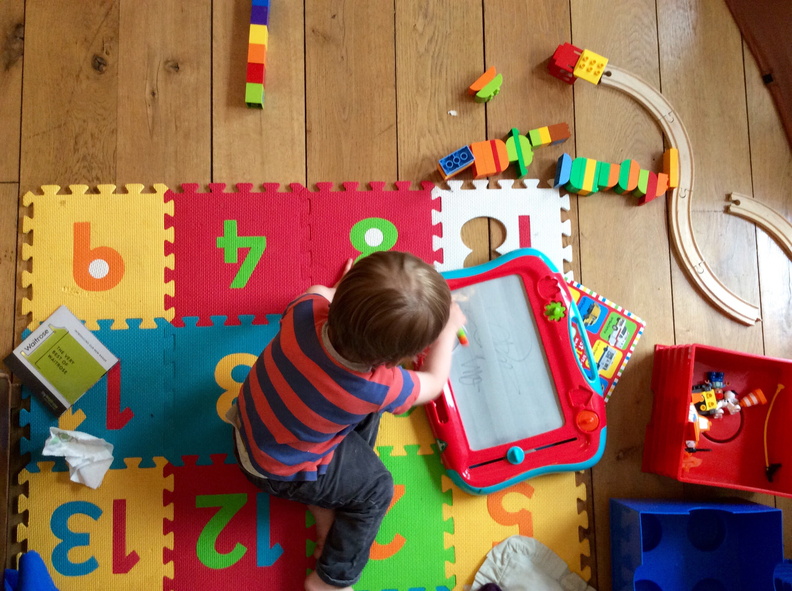As parents, you want your children to find out all that they can to grasp math concepts, to be interested in exploring the world, and to learn new things. Using a good kindergarten learning website and interactive play are great for supplementary learning. You can help your son or daughter’s development by engaging with their learning.
Play and learning of a child are a good combination. A good kindergarten learning website and play are a good combination to allow a child to enjoy learning. Games allow children to learn and solve things even when problems arise. This type of play and learning assist children in developing their own way of approaching learning.
Curiosity about the world, initiative, problem-solving, focused attention, and persistence are just a couple of approaches to learning that children develop through play. In the early years, parents can help children develop their talents to be better students by engaging with them. As they enter kindergarten, using a kindergarten learning website and games would be a great way to help them transition to early elementary years where children learn to have some understanding of letters and numbers. However, if they need not developed solid approaches to learning, they’re going to not be as successful in relying on a classroom setting.
Encouraging Toddlers at Play
Mark is 20 months old. He plays with soft plastic blocks, a group of stacking rings, rattles, stuffed animals, cloth, and plastic books. Mark’s dad often sits down on the ground with Mark and invites him to play with the items. Mark’s favorite activity is to throw out the toys and put a basket on top of his head. This is often typical toddler play behavior.
Mark is interested in the world and is watching it another way. He observes it as simply as looking at the basket! Mark likes to shake the rattles to be able to listen to the sounds it produces. He may also stack two to three blocks and knock it down. His attention to every detail could be up to five minutes approximately, which is simply right for his age. He may solve problems as he tries to put the rings on the stacking post or to feature more blocks to a tower. Mark’s dad encourages his curiosity. Mark’s dad comments about what he’s doing which goes like this, “I see you’re trying to urge that last ring on the post, but it just won’t fit.” Through this, the dad is able to allow Mark to see the connective of play and learning which makes it a positive learning experience for him.
The dad encourages Mark to persevere and keep trying even if he is having a hard time. “Are you able to attempt to put only one on top of another gently?” Telling your child that you will assist him will encourage perseverance, focus his attention, and urge the initiative to cultivate his problem-solving skills, which are all positive approaches to learning.
Your Role as Your Child Plays
Playing with your child helps keep your child engaged with a play where learning occurs. Your questions, comments, and interests as you play with your child will be productive for you. Most significantly, you’ll be working toward your child’s future success as a student by building important approaches to learning. Play and learning of a child are a good combination.
As a parent, you must provide additional learning materials for your kids. It doesn’t have to be something hectic and boring. While at home, allow your children to have fun as they learn. Give them interesting books, allow them to play games, let them check out a good kindergarten learning website, and supervise their learning.
Aside from giving them more learning opportunities, always engage with your child. When you see your child playing, there is no harm in joining and playing along. Ask questions while playing along to allow the child to express his or her emotions and ideas. This will not only develop a good bond with you but will also help the child think abstractly. In this way, your child’s learning capability will not be hampered. Give them time to play, time to learn things, draw, read books, and play with their toys. This will help the child develop a sense of building positive learning experiences.







